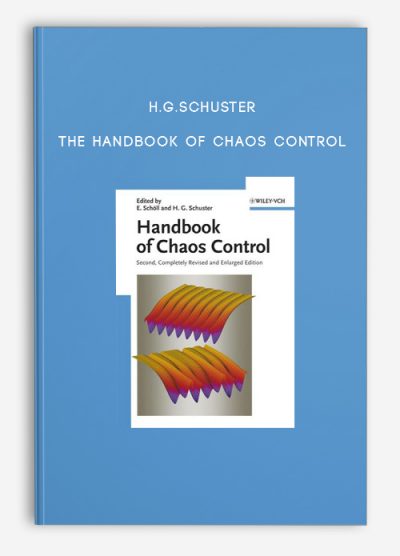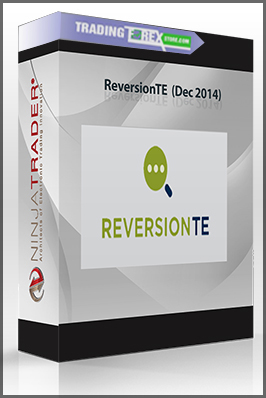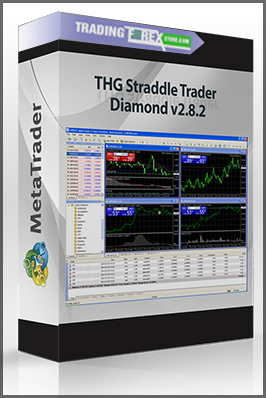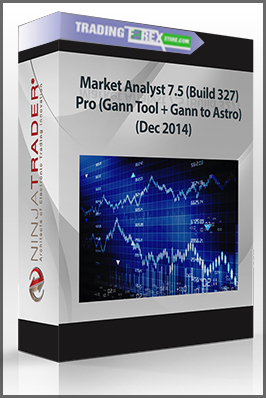H.G.Schuster – The Handbook of Chaos Control
$12.00
- Description
Description
H.G.Schuster – The Handbook of Chaos Control
Get H.G.Schuster – The Handbook of Chaos Control on bestoftrader.com
Description:
During the last decade, control of complex irregular dynamics has evolved as one of the central issues in applied nonlinear science. The number of papers published in this field has been steadily growing since the first pionieering papers appeared in 1990, and has reached an annual number between 600 and 700 during the past few years. The seminal article by Ott, Grebogi, and Yorke (1990), in which they demonstrated that small time dependent changes in the control parameters of a nonlinear system can turn a previously chaotic trajectory into a stable periodic motion, alone was cited much more than 2000 times. Nowadays the notion of chaos control has been extended to a much wider class of problems involving the stabilization of unstable periodic or stationary states in nonlinear dynamic systems.
WITHIN THE LAST FEW YEARS MAJOR PROGRESS HAS BEEN MADE IN THIS FIELD, IN PARTICULAR WITH RESPECT TO
- extending the methods of chaos control to spatio-temporal patterns
- extending the methods of control of deterministic dynamic systems to stochastic and noise-mediated systems
- development of novel control schemes – deepened understanding and analytic insight into different control
schemes - applications to various areas, e.g. biological, medical, technological systems
Since its first publication in 1999, the Handbook on Chaos Control has become the standard reference in this field. Eight years after the first edition, there is need to present the new material which has been accumulated, and to set new trends and identify new promising directions of research.
The present volume is the second completely revised and enlarged edition, and includes only articles which have been newly written for this volume. It aims at presenting a comprehensive overview of the state of the art in this growing field, containing chapters written by the leading scientists who are active in this area. The focus is put on recent developments like novel control schemes, analytical insights, control of chaotic space-time patterns, control of noisy nonlinear systems and noise-induced dynamics, secure communication with chaos, and applications of chaos control to physics, chemistry, biology, medicine, and engineering. Furthermore, the overlap of chaos control with the traditional field of control theory in the engineering community is identified.
The chapters of the book are state-of-the-art review articles and should be of interest to graduate students and researchers; theoretical and experimental physicists, applied mathematicians, electronic engineers, nonlinear scientists from interdisciplinary fields, e.g. chemistry, biology, medicine, control theory, engineering. The 36 chapters are grouped into nine parts, where the first four parts deal with basic aspects
and extension of methods; controlling space-time chaos; controlling noisy motion; communicating with chaos and chaos synchronisation, and the last five parts contain applications to optics, to electronic systems, to chemical reaction systems, to biology and medicine, and to engineering. Among the topics are, for instance, secure communication with chaotic semiconductor lasers, control of communication networks, noninvasive time-delayed feedback control of laser diodes, electronic circuits, and semiconductor nanostructures, control of chemical turbulence and electrochemical oscillators, suppression of synchronisation as therapeutic tools for neural diseases like
Parkinson and epilepsy, and control of cardiac dynamics.
We hope that this volume will stimulate further developments in this still thrilling area which is centered on the overlap of basic research and far-reaching applications.
We would like to thank all authors who have contributed to this volume as well as the publishers for their excellent cooperation. Special thanks are due to Philipp Hövel for his technical assistence.
Berlin and Kiel, June 2007
Eckehard Schöll and Heinz G. Schuster
Bond -Stock Trading course: Learn about Bond -Stock Trading
Bond trading definition
Bond trading is one way of making profit from fluctuations in the value of corporate or government bonds.
Many view it as an essential part of a diversified trading portfolio, alongside stocks and cash.
A bond is a financial instrument that works by allowing individuals to loan cash to institutions such as governments or companies.
The institution will pay a defined interest rate on the investment for the duration of the bond, and then give the original sum back at the end of the loan’s term.
A stock trader or equity trader or share trader is a person or company involved in trading equity securities.
Stock traders may be an agent, hedger, arbitrageur, speculator, stockbroker.
Such equity trading in large publicly traded companies may be through a stock exchange.
Stock shares in smaller public companies may be bought and sold in over-the-counter (OTC) markets.
Stock traders can trade on their own account, called proprietary trading, or through an agent authorized to buy and sell on the owner’s behalf.
Trading through an agent is usually through a stockbroker. Agents are paid a commission for performing the trade.
Major stock exchanges have market makers who help limit price variation (volatility) by buying and selling a particular company’s shares on their own behalf and also on behalf of other clients.















